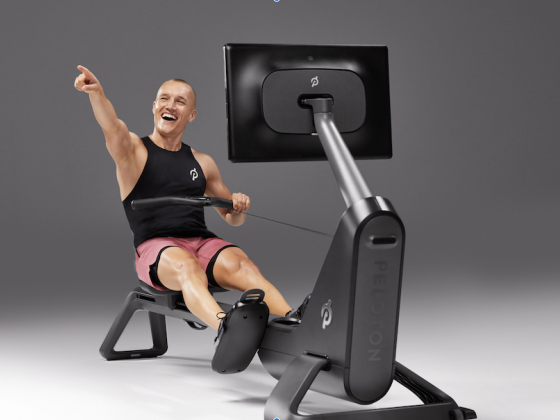
Whether you’re a fitness instructor looking to upskill or maybe you are considering a complete career change, being a personal trainer means you get to choose your hours, meet new people, customize your workouts, and have unlimited earning potential.
While all of this sounds great, starting a PT business isn’t easy – it takes time, dedication and passion. If you’re thinking about becoming a personal trainer, you probably have lots of questions, such as; How do I find clients? How do I register my PT business? Going it alone might seem daunting at first, but don’t sweat it! We’re here to help with our top tips on becoming a personal trainer.

Tip 1 – Getting started
Before exploring a career as a personal trainer, think about whether it’s the right match for you. If you like the structure of having a regular nine to five job, then it probably isn’t the best option, as your earning potential depends on how many clients you source each month. You may also be wondering how you can get new clients? You could use platforms like Bark.com and get new leads for your business. Bark.com allows people to find local personal trainers so this is perfect to get new clients in your area. Also, you can build relationships with people at the gym and convert them into clients.
Step 2 – Get qualified
To practice as a personal trainer you will need to get qualified. Personal trainer Courses are different in every country but in the UK, you’ll need two qualifications. The first is the Level 2 Certificate in Fitness Instructing, which teaches you the basic principles of health and safety, fitness and anatomy. Once you have passed this you can move onto the Level 3 Qualification in Personal Training, providing you with the knowledge and skills to practice as a personal trainer.
Step 3 – Find your niche in personal training
There are many different fitness specialisms and plenty of personal trainers out there, so it’s important to have your area of expertise. This will help you to stand out from the crowd and build a brand presence. You might want to specialize in muscle building / bodybuilding competitions, or maybe you want to focus purely on workout classes, like HIIT or Pilates.
Step 4 – Go online
Once you’ve built up some case studies and results from clients, you can start advertising outside of the gym. The best way to do this is by putting yourself out there online. You don’t have to be a social media expert – creating a simple facebook page or instagram account is all you need. As mentioned earlier, Bark.com is a great platform for finding new clients and generating leads that are in your area. Share examples of success stories with previous clients. If you want to really build your online presence and stand out from the crowd..
Step 5 – Set up a business account
Although you don’t need to set up a business account to manage your finances from your personal training business, it’s much easier to have everything in one place, and you’ll appear more professional to clients if you have an account with a business name. It’s also easier to keep track of calculating your tax at the end of the year.
Becoming a successful freelance personal trainer requires talent, commitment, and elbow grease. If you put in the hard work at the beginning, you’ll reap the benefits later down the line.

















